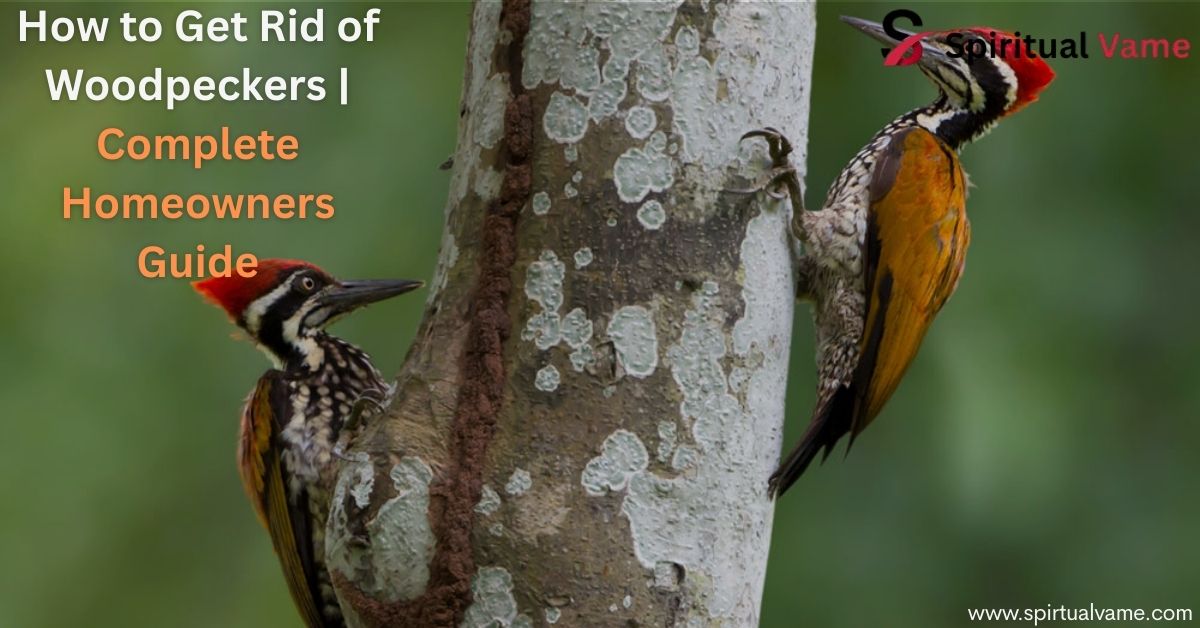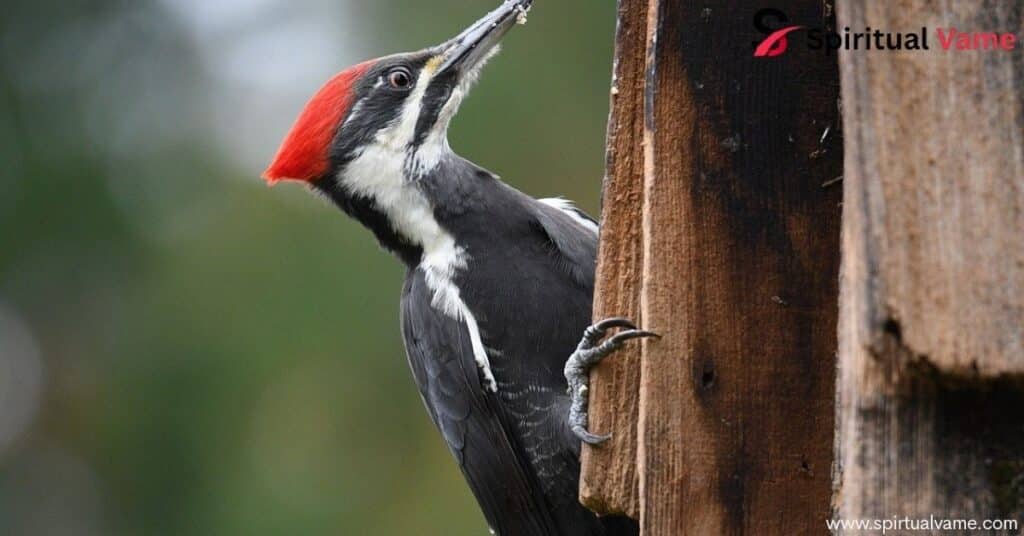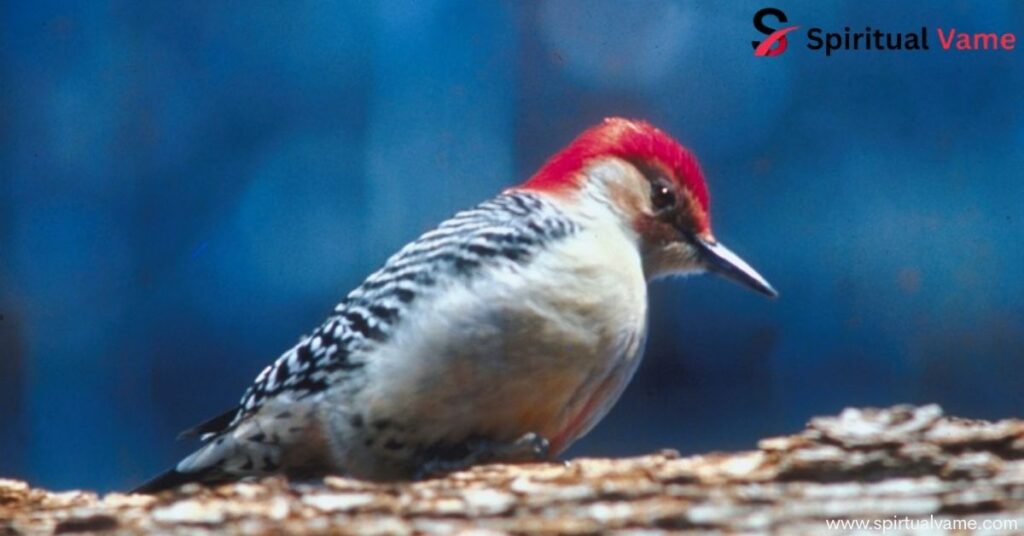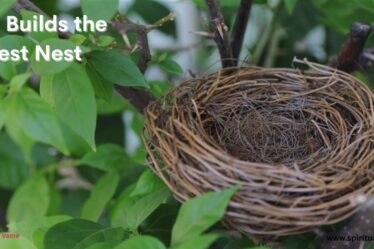
Hearing the loud drumming of a woodpecker in your home can be extremely frustrating. Not only can these birds cause serious damage to your property, but they can also disturb the peace and beauty of your surroundings. If you are wondering how to get rid of woodpeckers, you are not alone.
Homeowners across the United States face this challenge every year, especially in wooded areas. This complete guide will teach you everything you need to know about protecting your home while respecting these creatures, including strategies, methods, and professional advice on how to safely and effectively discourage woodpeckers.
How to Get Rid of Woodpeckers
Learning how to get rid of woodpeckers starts by understanding why they are there in the first place. Woodpeckers are often attracted to homes because of the presence of insects inside wood siding, the hollow sound of structures, or simply for marking their territory. They use their strong beaks for drilling, feeding, and creating nests. If you want to eliminate this behavior, you need to take steps that deal with both their attractions and their habits. Fortunately, several humane methods can discourage them without causing harm. By combining noise, visual tricks, and repairs, you can send a strong message that your home is not a welcome place for them.
Steps
Getting rid of woodpeckers requires consistency and patience. Here are simple yet powerful steps you can take immediately to solve your woodpecker problem.
Make loud noises.
One effective way to scare woodpeckers away is by making loud noises whenever you spot them. Loud clapping, banging pots and pans, or even using motion-activated noise devices can frighten the birds and make them think predators are near. Since woodpeckers are naturally cautious, they prefer quiet, undisturbed areas for their activities.
Place a fake bird of prey on your property.
Another great method is to place a fake bird of prey such as an owl or hawk on your roof or trees. Woodpeckers fear these larger birds because they are natural predators. Moving the decoy regularly and placing it near the areas with woodpecker activity will make your home seem too risky for them to approach.
Put wind chimes up.
Wind chimes work by creating unexpected sounds and movements that make woodpeckers uneasy. Choose large, metallic wind chimes that produce deep sounds, and hang them close to the spots where the woodpeckers usually peck. This strategy takes advantage of their sensitive hearing and dislike of sudden noises.
Hang up shiny objects.
Reflective surfaces like old CDs, aluminum foil strips, or metallic ribbons can confuse and scare woodpeckers. The bright flashes of light bouncing off these objects disturb their vision and create an environment that feels unsafe. Make sure to hang these shiny objects near your home’s vulnerable areas.
Set up a pinwheel.
Installing colorful pinwheels around your home can also help. The constant spinning motion and glint of light reflect unpredictably, making the area feel unstable and unsafe to woodpeckers. You can place pinwheels in gardens, near windows, and on balconies.
Get rid of insect infestations.

One major reason woodpeckers come to your home is the easy food source. Insects like carpenter bees, termites, ants, and other bugs are attractive to woodpeckers. If you have rotting wood or dead insects around, it is crucial to call for pest control or a professional exterminator. Inspection, treatment, and management of any infestation will eliminate this food source and make your home less inviting. Without insects to feed on, the woodpeckers will naturally move elsewhere.
Provide different food sources.
If you want a more peaceful solution, try offering food sources far away from your house. Installing a suet feeder or planting berry bushes at the edge of your property gives woodpeckers something else to focus on. This method not only diverts their attention but also helps preserve your home’s exterior.
Fix rotten wood.
Soft, rotting wood is easier for woodpeckers to drill into. It can also signal an insect infestation, doubling the attraction. Repairing and replacing any damaged wood helps strengthen your home’s defenses. It’s a simple but effective way to eliminate both food and nesting opportunities.
Restrict access to certain areas with bird netting.
If woodpeckers keep targeting a specific wall or siding, you can install bird netting to block their access. When done properly, it creates a physical barrier that woodpeckers cannot penetrate. Stretch the netting about three inches away from the surface to prevent them from reaching it.
Plug holes with wood putty.
Finally, make sure to fill any holes with high-quality wood putty. Unattended holes invite more drilling and even larger infestations of insects. Plugging the holes also restores the strength of your structure, discouraging future pecking activity.
Exterminate Their Food Source
If you notice woodpeckers repeatedly visiting your home, chances are they are searching for insects. Eliminating the infestation is one of the most important steps. You should inspect your home thoroughly for signs of carpenter bees, termites, ants, and other pests. Look for small piles of sawdust, cracked or damaged wood, and unusual bird activity. Professional pest control services offer inspections and treatments that safely remove these pests. Hiring an experienced exterminator ensures that the right methods are used to treat the problem effectively. Removing insects removes the food source and makes your property much less attractive to woodpeckers.
Provide Alternative Food

Sometimes it is better to work with nature rather than against it. By offering woodpeckers an alternative place to find food, you can guide them away from your home. Installing bird feeders stocked with suet, nuts, or berries far from your house can successfully divert their feeding behavior. Planting berry bushes or fruit trees at the edge of your property also provides a natural option for woodpeckers. By giving them a safer, less problematic area to forage, you decrease their interest in nesting or drilling near your home.
Decorate Your Home
Decorating your home can be both fun and effective. Using visual deterrents like reflective tape, shiny streamers, or aluminum foil strips confuses woodpeckers and makes them feel unsafe. These materials move and sparkle in the sunlight, creating an environment full of unpredictable flashes and movements. It’s important to change the location of these decorations occasionally to keep woodpeckers from getting used to them. This simple method not only adds a decorative touch but also offers a practical solution to keep your property woodpecker-free.
Guide Them Away
Rather than fighting woodpeckers head-on, you can gently guide them away by making certain areas more attractive. If you have a wooded section of your yard, encourage woodpeckers to relocate there by hanging feeders or even setting up a dead tree stump for them to drill. At the same time, make your home less appealing by using deterrents and repairing damages. This balance of attraction and prevention often leads to better long-term success.
Apply Liquid Bird Repellent
Applying a liquid bird repellent is another smart choice. These sprays are designed to make surfaces taste and smell unpleasant to birds without harming them. Products like Avian Control offer a long-lasting solution that can be safely sprayed onto wood siding, trees, and roofs. Regular reapplication ensures the repellents remain effective throughout the season, keeping your home free from woodpecker damage.
Repel Woodpeckers With Avian Enterprises
If you want a trusted commercial solution, products from Avian Enterprises such as Avian Control and Avian Migrate are excellent choices. These bird repellents are widely used across farms, commercial properties, and residential homes. They use non-toxic ingredients that effectively repel woodpeckers without harming humans, pets, or the environment. Applying these treatments consistently can significantly reduce woodpecker visits and protect your home for the long term.
Signs of Woodpecker Damage

Recognizing the signs early can save you from costly repairs. Look for small, repeated holes in wood siding, trees with bark stripped off, or damaged eaves and roofs. Listen for persistent drumming sounds, especially in the early morning hours. If you see evidence of woodpecker activity, such as nesting cavities or peck marks around insects, it is time to act quickly. Prompt action helps to prevent larger infestations and protects the structural integrity of your home.
Our Rating Methodology
All the methods, products, and advice included in this guide have been reviewed based on homeowner feedback, expert insights, scientific research, and real-world experiences. We also considered factors like safety, cost, ease of use, and environmental impact to recommend only the best solutions for getting rid of woodpeckers.
Conclusion
In conclusion, learning how to get rid of woodpeckers is important for protecting your home and property. Woodpeckers can cause a lot of damage by drilling holes and making nests. If you notice signs of woodpecker activity, it’s best to act quickly. Knowing how to get rid of woodpeckers can save you money and protect your walls, trees, and roof. Using barriers, repellents, and professional help can make a big difference.
Remember, understanding how to get rid of woodpeckers helps prevent more problems in the future. Always choose safe and humane ways when dealing with birds. With the right steps, how to get rid of woodpeckers becomes easier and more effective.



